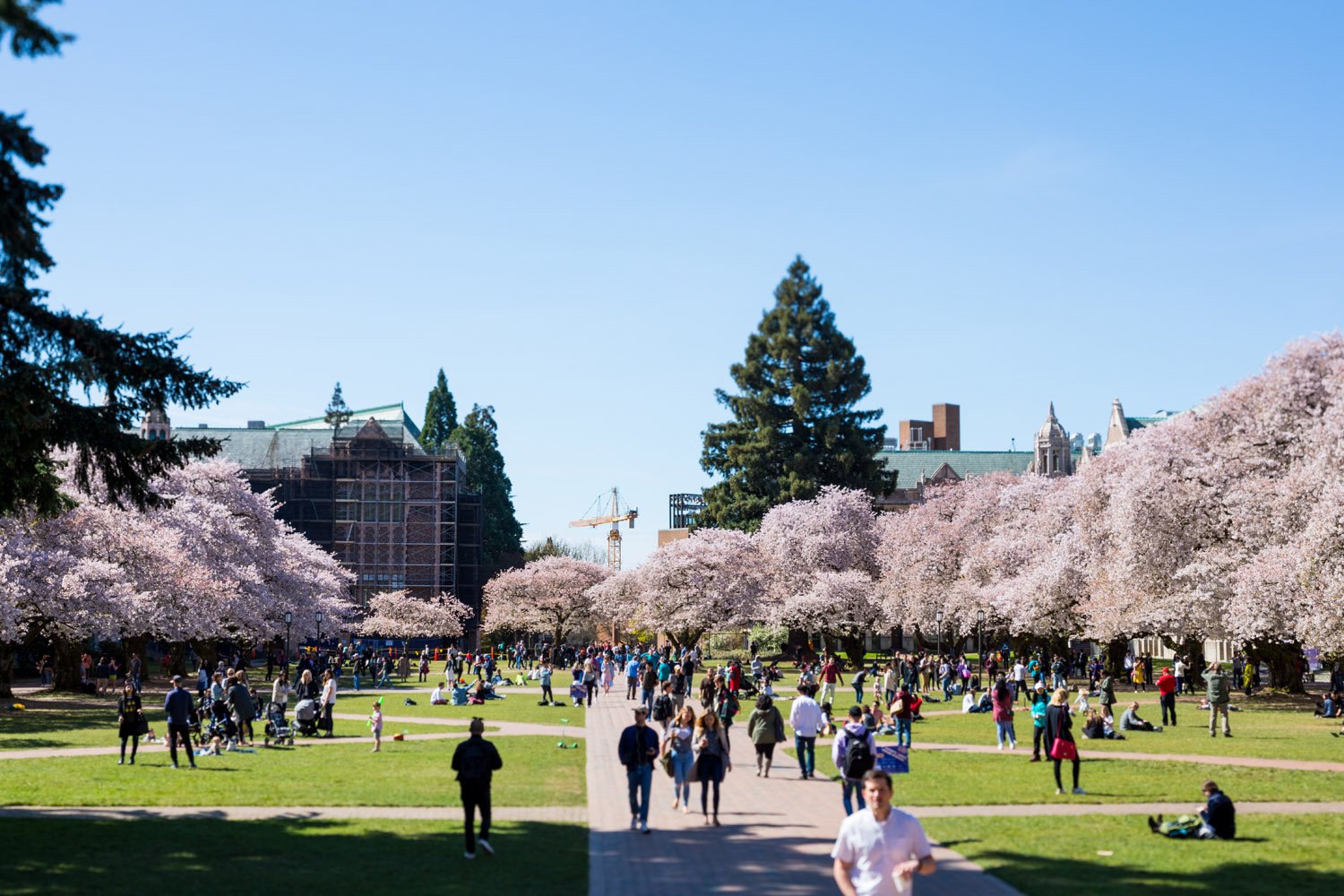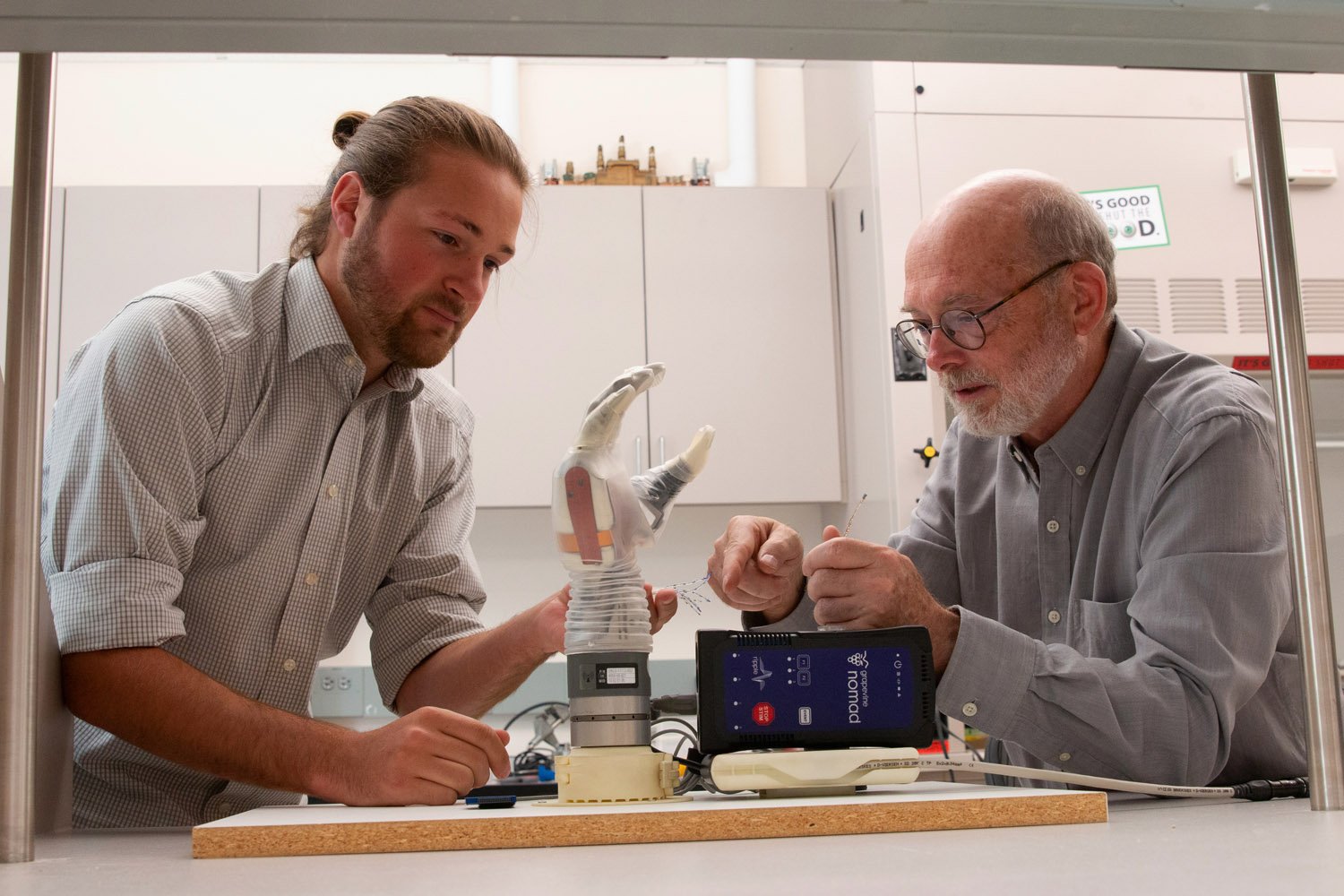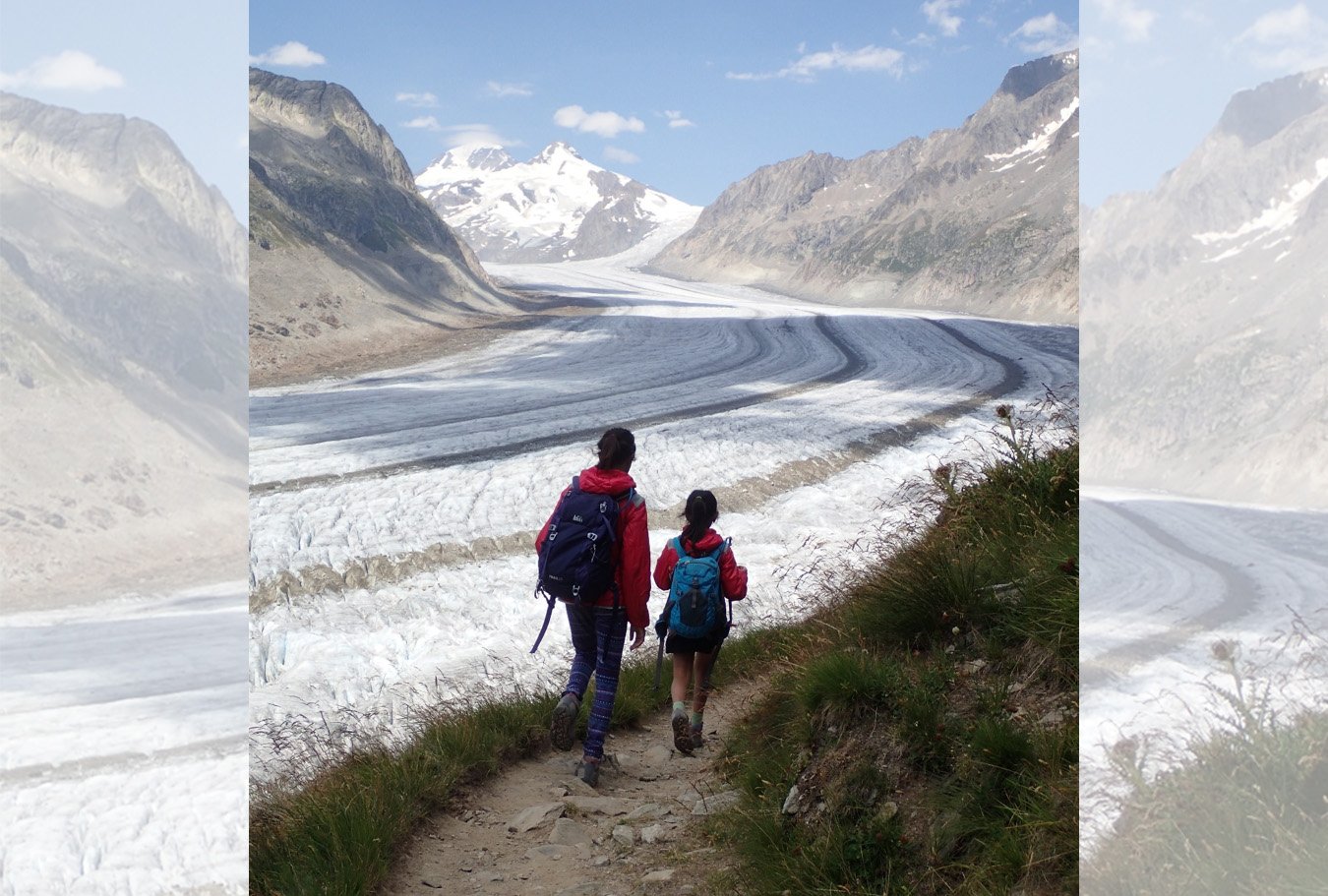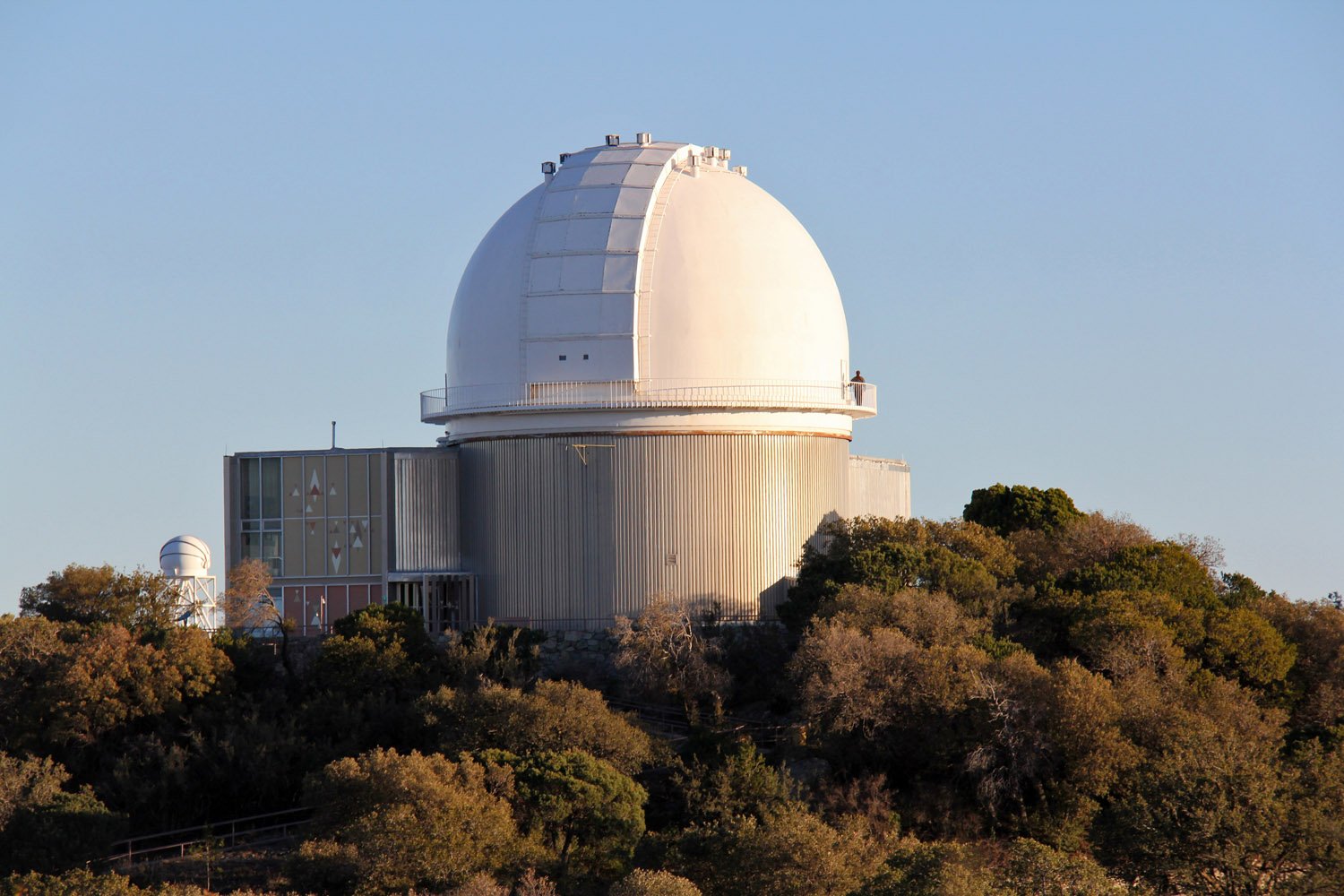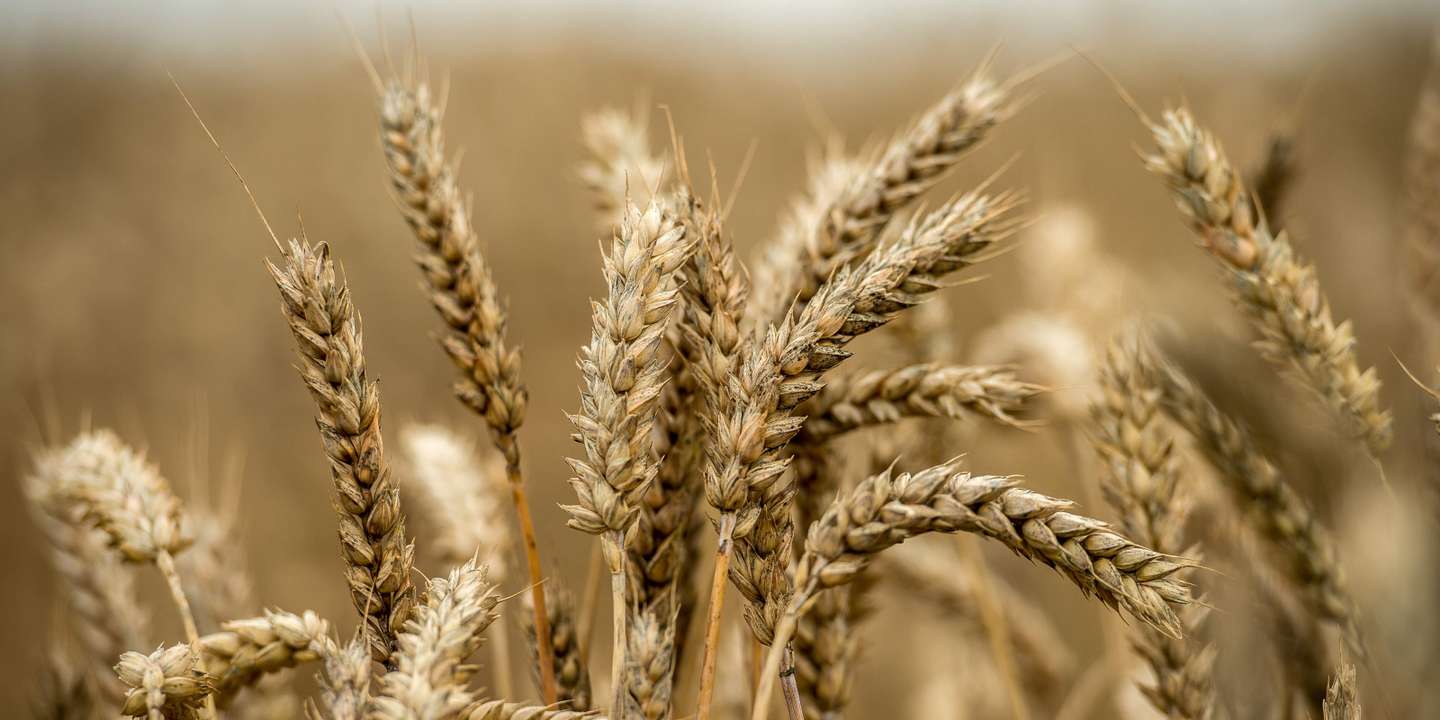The road to Scandinavia’s bronze age: Trade routes, metal provenance, and mixing
The geographic origins of the metals in Scandinavian mixed-metal artifacts reveal a crucial dependency on British and continental European trading sources during the beginnings of the Nordic Bronze Age, according to a study published July 24, 2019 in the open-access journal PLOS ONEby Heide W. Nørgaard from Aarhus University, Denmark, and colleagues. 2000-1700BC marks the earliest … Read more

